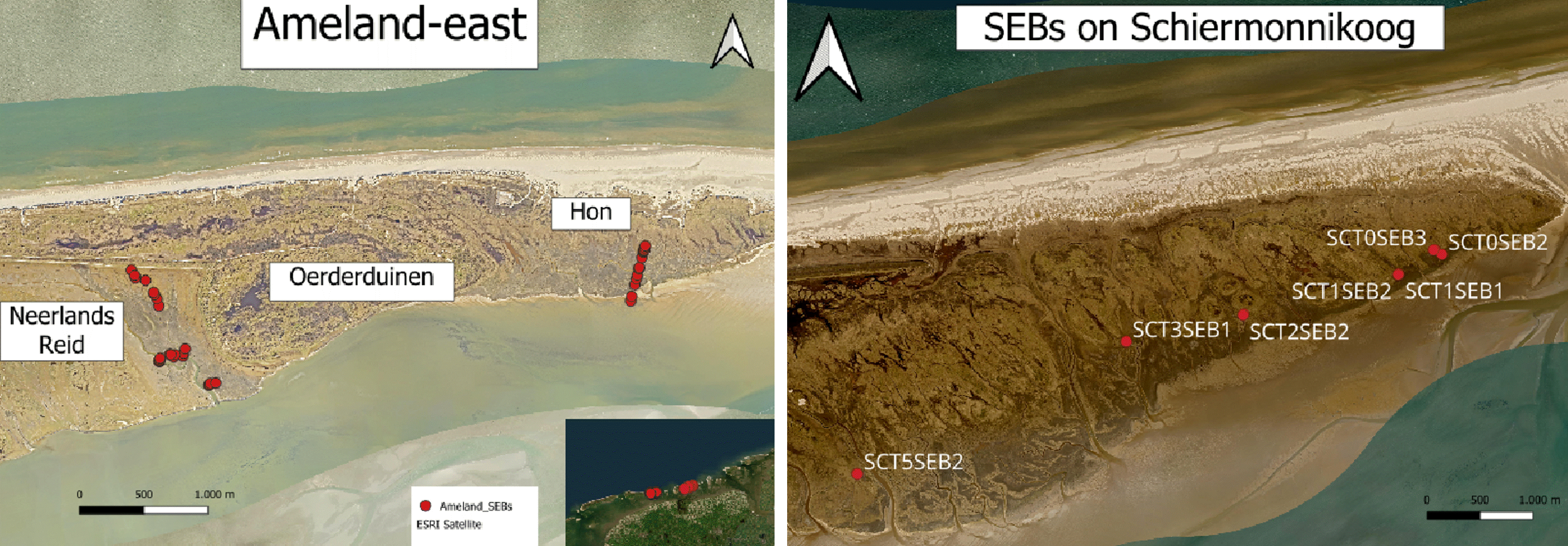W. van der Niet1, A.J.F. Hoitink1, M.E.B. van Puijenbroek2, K. Elschot3, R.C. van de Vijsel1*
1 Hydrology and Environmental Hydraulics Group, Wageningen University and Research, The Netherlands; 2 Wageningen Marine Research, Wageningen University and Research, The Netherlands; 3 Wageningen Environmental Research, Wageningen University and Research, The Netherlands
* Corresponding author: roeland.vandevijsel@wur.nl
Introduction
Salt marshes provide key ecosystem functions, including flood protection, biodiversity, and carbon storage. Marsh resilience is, however, increasingly compromised by sea-level rise and land subsidence. While these coastal wetlands can keep up with relative sea-level rise through vertical accretion, the impact of storm-induced sediment dynamics on marsh accretion remains underexplored.
Objective and Methods
Here, we assess how vertical marsh accretion depends on storm characteristics, distinguishing the impact of flood regime variables (inundation frequency, depth and duration), and variables that drive suspended sediment concentrations (e.g., wave height, wind speed, and direction). Our study focusses on marshes along the back-barrier islands of Ameland and Schiermonnikoog in the Dutch Wadden Sea. Accretion time series are derived from long-term sedimentation-erosion bar measurements, and compared to storm characteristics using multiple linear regression analyses.
Results
Although previous studies suggest that the dynamics of suspended sediment concentration and inundation depth are largely independent from each other, we find a strong correlation between these two variables. This finding implies that inundation depth is not only indicative of storm intensity, but also is a better proxy for suspended sediment concentrations than previously suggested. This stronger correlation than expected is likely due to the longer timescales (annual averages) considered here. Our work thus shows that inundation depth effectively predicts vertical marsh accretion on longer timescales. This insight helps in advancing our understanding of marsh development under increasingly energetic storm events.

Locations of sedimentation-erosion bars (SEBs) used in this study. SEBs are located along the back-barrier islands of Ameland and Schiermonnikoog, Dutch Wadden Sea.










